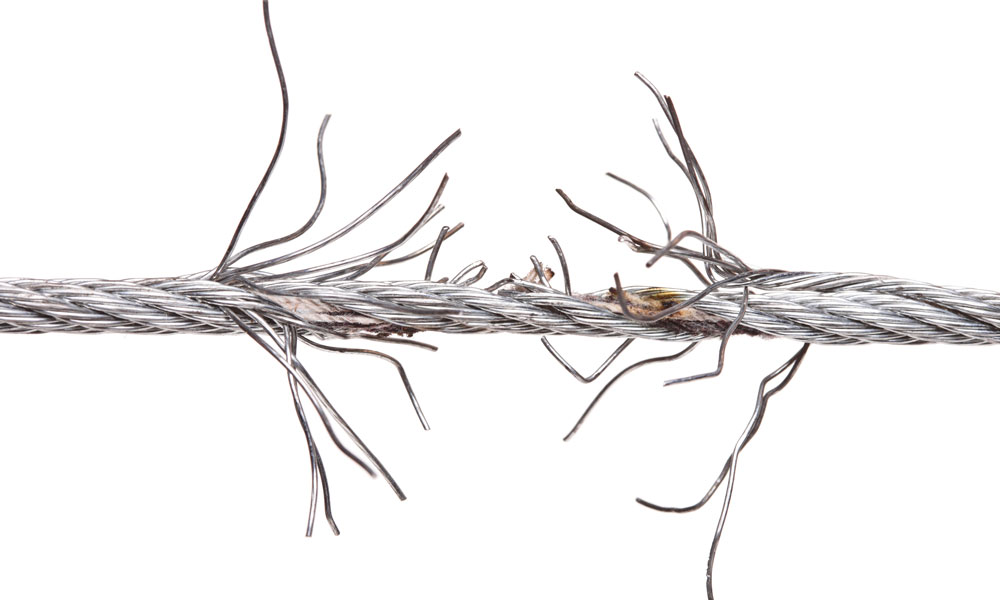
Strategy Session: Cutting the Cord
How to break ties with an out-of-sync chapter.
Low numbers don’t mean automatic closure, but those numbers can help prompt more focus from chapters.
How to break ties with an out-of-sync chapter.
In 2007, Liana Watson was managing a state chapter of the American Society of Radiologic Technologists that didn’t support one of ASRT’s legislative initiatives. That was fine; it happens. What wasn’t fine was that the chapter was being publicly vocal about its disagreement.
“We didn’t say, ‘You have to agree with us,’” says Watson, ASRT’s associate executive director of operations and governance. “We said, ‘If you disagree with us, we’re going to ask that you don’t promote that you are disagreeing with us.’” The chapter didn’t comply.
What to do? It can be tempting to speedily sever the relationship with a “rogue”
chapter. But ASRT pursued a more patient approach to avoid exacerbating matters. It sanctioned the chapter by systematically removing the benefits it received. Free approval of continuing education credits—gone. Financial incentives—gone. A seat on ASRT’s house of delegates—gone. After two years under this probationary status with no change in course, the chapter became inactive.
“They basically become unchartered because we no longer have contact with them, and it looks like they don’t have a leadership structure in place any longer,” Watson says.
Of course, not every chapter-related problem is born out of overt conflict. Bryan Harrison, networks director at the Specialty Equipment Market Association, says better data gathering about components can help reduce high emotions in chapter conflict. When making decisions about sunsetting a chapter, for instance, engagement data is particularly relevant. Among the key performance indictors he recommends monitoring: event registration, revenue, and membership retention, as well as impact of benefits and growth in emerging markets.
“Ultimately the question we seek to answer is, are we delivering on the goal of chapter membership directly enhancing career or company growth?” Low numbers don’t mean automatic closure, but those numbers can help prompt more focus from chapters. And if “there’s no solution, unfortunately dissolution may become the only viable option,” Harrison says.
A shuttered chapter needn’t be closed forever, though. In 2012, a new group of ASRT members in the state with the inactive chapter approached headquarters to express interest in becoming rechartered. In 2015, after meeting ASRT’s compliance requirements, it’s back on board.
“A component may be at the point where they just can’t be affiliated with the national anymore,” Watson says “but it doesn’t necessarily mean that they will never be able to come back to the fold again.”
(iStock/Thinkstock)






Comments